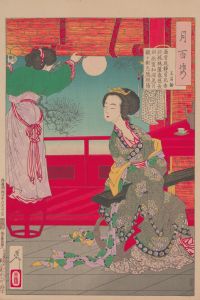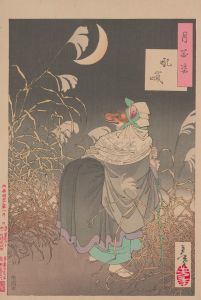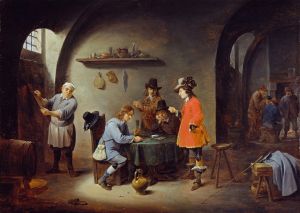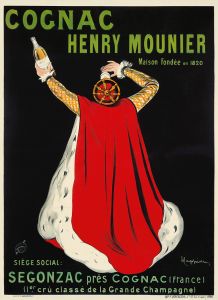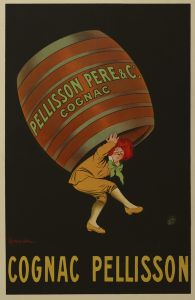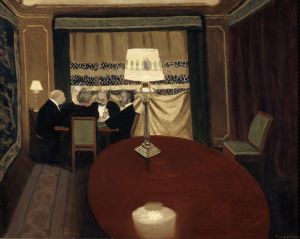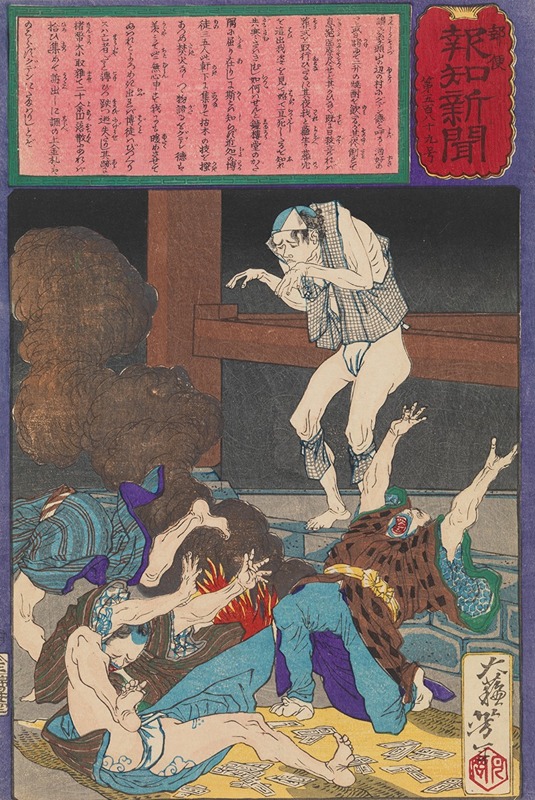
Guden Toku Revives after His Funeral and Terrifies a Group of Gamblers
A hand-painted replica of Tsukioka Yoshitoshi’s masterpiece Guden Toku Revives after His Funeral and Terrifies a Group of Gamblers, meticulously crafted by professional artists to capture the true essence of the original. Each piece is created with museum-quality canvas and rare mineral pigments, carefully painted by experienced artists with delicate brushstrokes and rich, layered colors to perfectly recreate the texture of the original artwork. Unlike machine-printed reproductions, this hand-painted version brings the painting to life, infused with the artist’s emotions and skill in every stroke. Whether for personal collection or home decoration, it instantly elevates the artistic atmosphere of any space.
Tsukioka Yoshitoshi (1839-1892) was a renowned Japanese artist known for his woodblock prints and paintings, particularly in the ukiyo-e style. One of his notable works is "Guden Toku Revives after His Funeral and Terrifies a Group of Gamblers," which is part of his series "New Forms of Thirty-Six Ghosts" (Shinkei Sanjūrokkaisen). This series, created between 1889 and 1892, showcases Yoshitoshi's fascination with supernatural themes and his mastery of depicting eerie and dramatic scenes.
The artwork "Guden Toku Revives after His Funeral and Terrifies a Group of Gamblers" illustrates a ghostly tale rooted in Japanese folklore. The story revolves around Guden Toku, a notorious gambler who, after his death, returns from the grave to haunt his fellow gamblers. The print captures the moment of his spectral reappearance, causing panic and terror among the gamblers.
Yoshitoshi's depiction is both vivid and haunting. The composition typically features Guden Toku emerging from the shadows, his ghostly form rendered with a sense of movement and otherworldliness. The expressions of the gamblers are meticulously detailed, showcasing their fear and astonishment. Yoshitoshi's use of color and shading enhances the eerie atmosphere, with contrasts between the dark, ominous background and the pale, spectral figure of Guden Toku.
This work is a testament to Yoshitoshi's skill in blending traditional Japanese art techniques with innovative approaches to storytelling. His ability to convey emotion and drama through his prints has earned him a lasting legacy in the world of Japanese art. "Guden Toku Revives after His Funeral and Terrifies a Group of Gamblers" is a prime example of his talent for capturing the supernatural and the macabre, themes that were popular during the late Edo and early Meiji periods in Japan.
Yoshitoshi's career spanned a time of significant change in Japan, as the country transitioned from the Edo period to the Meiji era. This period saw the decline of the ukiyo-e tradition, but Yoshitoshi managed to adapt and innovate, ensuring the continued relevance of his work. His prints often reflect the tensions and transformations of this era, blending traditional subjects with contemporary influences.
In summary, "Guden Toku Revives after His Funeral and Terrifies a Group of Gamblers" by Tsukioka Yoshitoshi is a striking example of the artist's ability to depict supernatural themes with emotional depth and technical skill. The print is part of his "New Forms of Thirty-Six Ghosts" series, which remains a significant contribution to the genre of ghostly and supernatural art in Japan. Through his work, Yoshitoshi has left an indelible mark on the history of Japanese art, celebrated for his unique vision and artistic prowess.





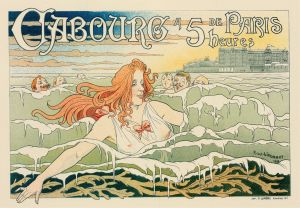
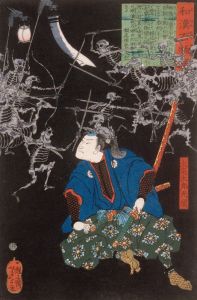
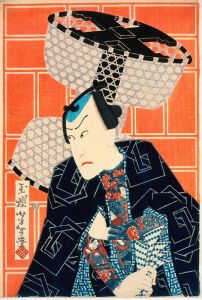
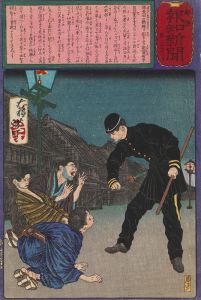
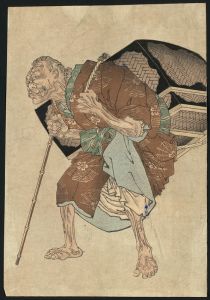
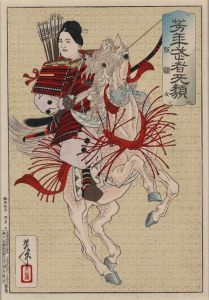
![Musha]taira no tomomori](/imgs/225657/s/tsukioka-yoshitoshi-mushataira-no-tomomori-bb591b96.jpg)
